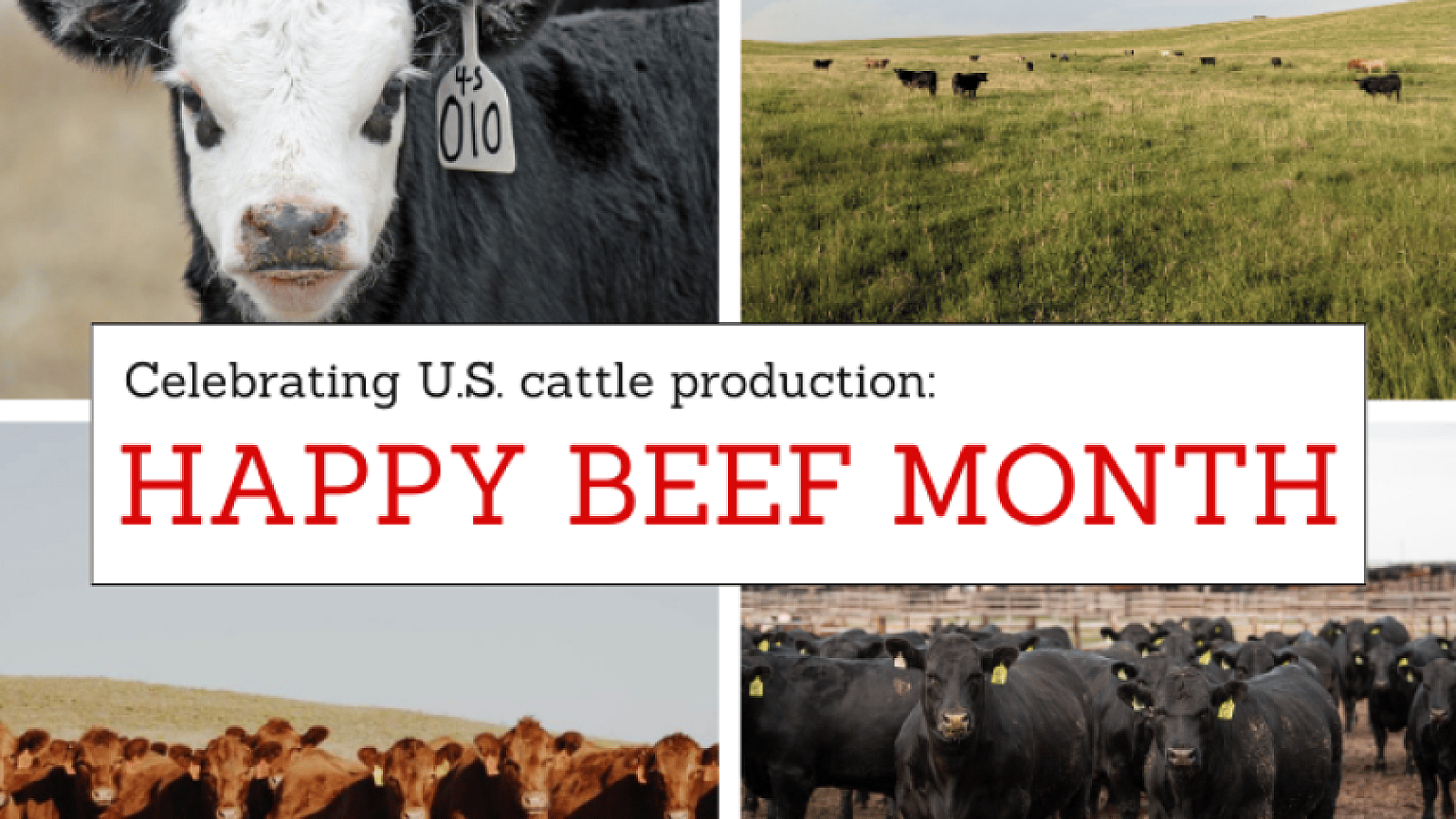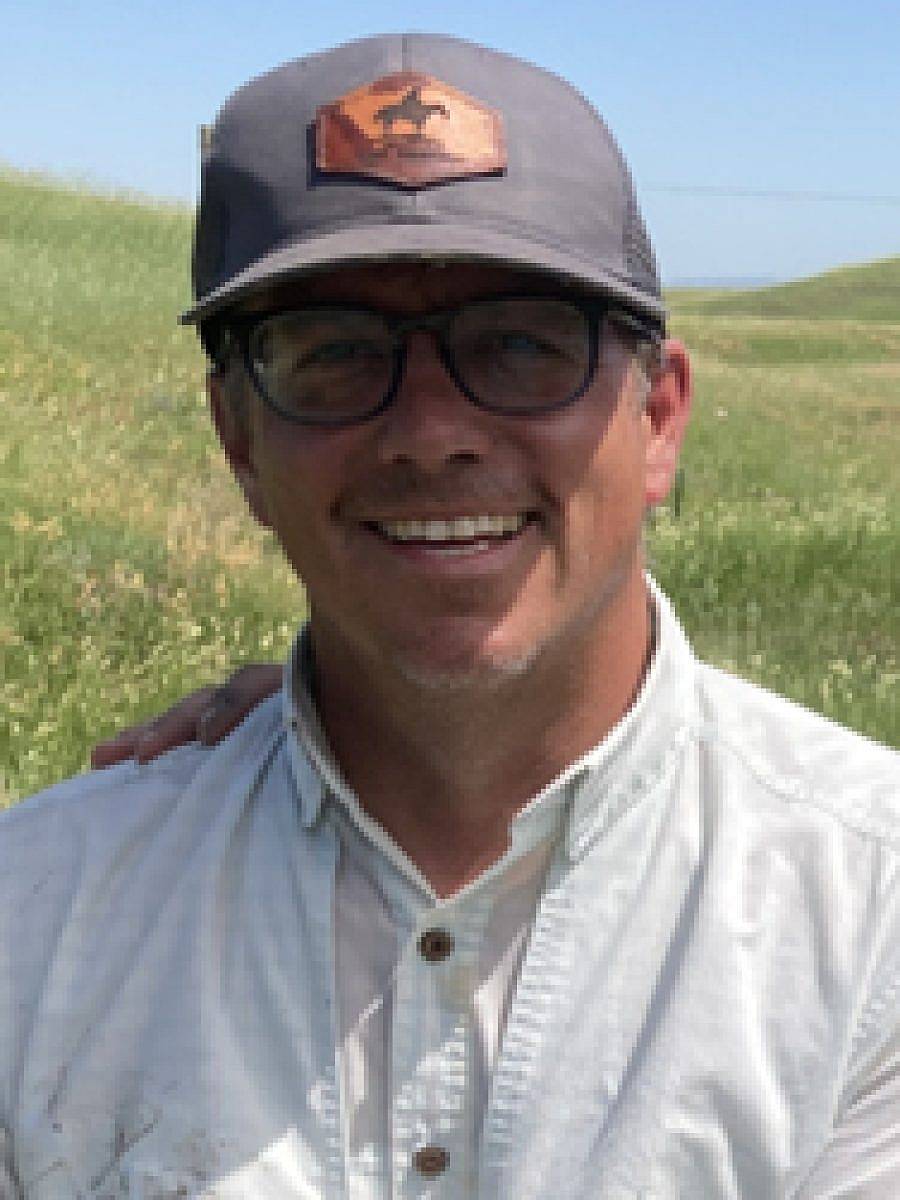HURON, SD – Zach Ducheneaux, U.S. Department of Agriculture Farm Service Agency Administrator was among industry leaders to discuss food security with ranchers, farmers, and other stakeholders during Farmers Union Day during the South Dakota State Fair.
Appointed Administrator for USDA’s Farm Service Agency in February, Ducheneaux previously served as the Executive Director of the Intertribal Agriculture Council, the largest, longest-standing Native American agriculture organization in the United States. Ducheneaux operates his family’s ranch on the Cheyenne River Sioux Reservation in north central South Dakota with his brothers.
“Zach is a South Dakota rancher, so he is no stranger to the producer’s role in food security,” South Dakota Farmer’s Union (SDFU) President Doug Sombke said.
“In light of what happened to our pork and cattle markets and overall food supply during the pandemic, the current Administration issued an Executive Order making food security a top priority of the USDA. This is good news for family ranchers, farmers and the consumers we serve,” he said.
South Dakota Farmers Union hosted the panel discussion and along with Ducheneaux, the state’s largest agriculture organization also invited National Farmers Union President, Rob Larew and Oren Lesmeister, a Parade, SD, rancher, small business owner and District 28-A State Representative to serve on the panel.
“Food security is not just a rural thing,” explains Lesmeister. Fairgoer and fourth-generation De Smet cattle producer, Bob Montross agreed. “Everyone is concerned about the food supply, and they want to know where their food comes from,” Montross says.
And food security is top of mind for ranchers and farmers year-round, Sombke explains. “Food security has been a focus of our policy for years. Because the family farmers and ranchers who set our policy, understand how the market consolidation that impacts their bottom-line can also impact processing capacity and distribution.”
To this point, Larew said, “We have a marketplace dominated by just a handful of folks – just four packers have 85 percent control of cattle market. That is not just bad news for cattle producers, but also consumers. When so much power is concentrated, and there is a disruption like the pandemic, consumers’ experience price gouging in grocery stores and farmers suffer huge profit losses. For the sake of our food supply, we need fair markets.”
Ducheneaux shared how the USDA Farm Service Agency works to protect food security by helping producers following disasters. “It is important that we provide the income stream they need to help them weather market disruptors,” Ducheneaux explains. “The Secretary of Agriculture often shares a statistic that 89 percent of producers make a majority of their income off the farm. No wonder the average age of ranchers and farmers is creeping toward 65.”
Ducheneaux also says that if the current Farm Service Agency programs are not meeting the needs of ranchers and farmers when they are faced with a disaster, he wants to know. “My e-mail address is Zach. [email protected] and I answer all my own e-mail. Please reach out.”











